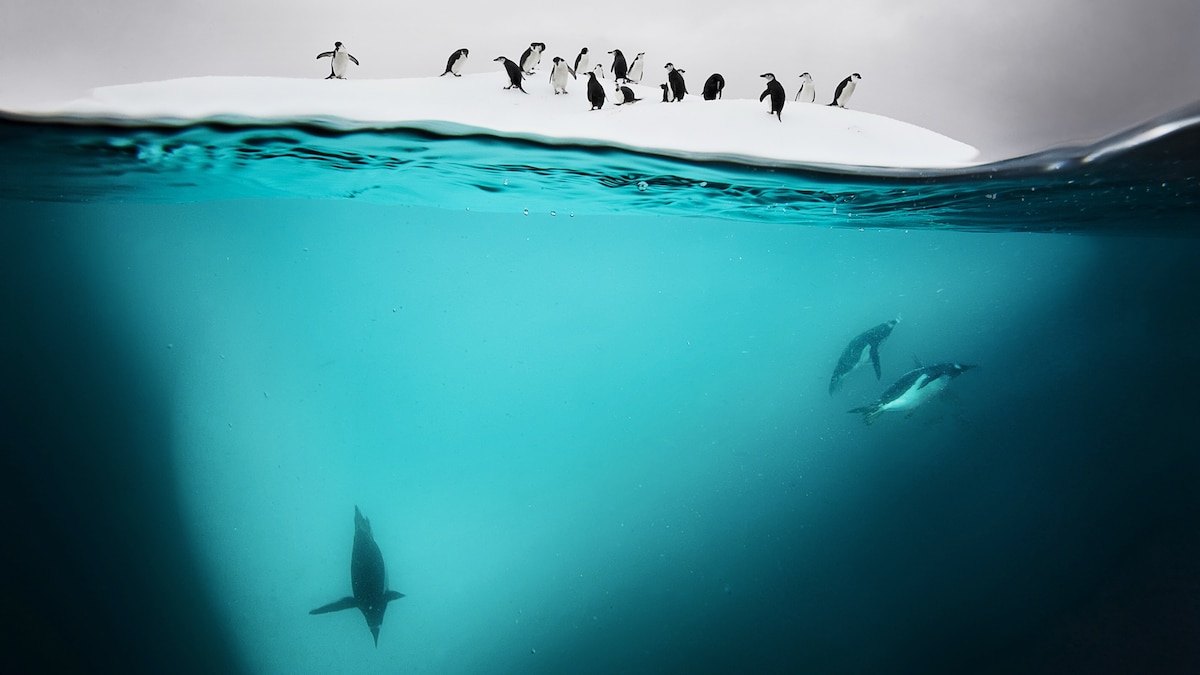Now Reading: A practical guide to exploring Europe’s mighty Danube River
-
01
A practical guide to exploring Europe’s mighty Danube River
A practical guide to exploring Europe’s mighty Danube River

This article was produced by National Geographic Traveller (UK).
Snaking almost 1,800 miles from its source in Germany’s Black Forest to the Black Sea in Romania, the Danube is best explored slowly. Cruises, the most popular option, provide up-close encounters with the river, allowing you to see plenty in just a week or two. They don’t have to be obvious, with some cracking off-beat options taking you east and into the wilds of the Lower Danube. For an adventure at your own pace, consider hiking on a network of well-developed, marked trails or cycling the long-distance Danube Cycle Path, which largely shadows the river from source to sea and takes around a month to complete.
What are the benefits of cruising?
Even if you’ve never cruised, the Danube is great for dipping your toes into the water, as the pace is gentle, the cost fairly modest and the start and end points easily accessible. It also allows you to follow the river’s course as opposed to roads or rail lines, getting a feel for its scenic diversity. Options range from week-long cruises along the ‘Classic Danube’, ticking off UNESCO World Heritage Wachau, Vienna and Budapest, to two-week escapades along the lesser-explored Lower Danube and into the wild heart of the Danube Delta.
How easy is it to tackle the Danube Cycle Path?
You can cycle the length of the river on the Danube Cycle Path; it would take between a month and six weeks. Cicerone’s The Danube Cycleway Volume 1: From the Black Forest to Budapest and Volume 2: From Budapest to the Black Sea are invaluable guides, with 1:150,000 maps for each stage, GPX files to download and information on planning.
Difficulty-wise, it’s a tale of two paths. The first stage is mostly flat, off-road and well signposted. Bike hire is readily available; expect to pay around £12.50/£25 per day for a road/e-bike respectively. The second stage is more challenging because of sparse tourist infrastructure and unsurfaced sections.
Can families cycle it?
With virtually no gradients, the Danube Cycle Path is a terrific choice for a family adventure, especially the first stage, in the Upper Danube. From mid-April to early October, Hooked on Cycling offers an eight-night, self-guided tour from Passau to Vienna geared to families. From £563 per person, including accommodation on a B&B basis and luggage transfers but not international travel.
How easy is it to cross country borders by foot or bike?
The Danube snakes through 10 countries. Some are members of the European Union (EU) and part of the Schengen area, meaning you can freely travel between them. To cross into non-EU countries (going, say, from Croatia to Serbia), you’ll need to go to a designated border crossing point, typically near a settlement, and present your passport.
What are the language barriers?
Details on trails and routes in English are more readily available in Germany, Austria and Hungary. The further east you go, the scanter the information and fewer the people who speak English. Discovering these less-developed stretches of the river feels adventurous, and tours are available for direction and support.
Is it safe to travel along the river?
Official advice warns against travel to Ukraine and a section of Moldova along the Ukranian border, due to military conflict and political unrest. Most Danube tours exclude these countries; the majority of the delta fans across Romania. For more information, visit the FCDO website.
Published in the April 2025 issue of National Geographic Traveller (UK).
To subscribe to National Geographic Traveller (UK) magazine click here. (Available in select countries only).
























